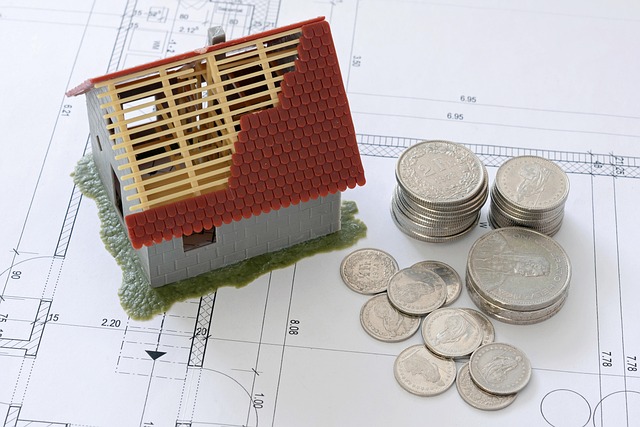Contractors seeking home improvement financing have various strategic options, from traditional bank loans and hard money loans to specialized programs offering flexible terms. Understanding these financing tools, interest rates, and application processes is crucial for contractors aiming to manage cash flow, take on larger projects, and solidify their market position through competitive bids. Effective preparation, including detailed proposals and financial projections, streamlines the often complex approval process.
“Unleash Your Contractual Potential: Mastering Home Improvement Financing”
Are you a contractor seeking to expand your business and take on larger projects? Understanding home improvement financing options is key to unlocking your full potential. This article guides you through the landscape of available funding, from loans to lines of credit, empowering contractors like you to navigate the financial aspect of growing your enterprise efficiently. We’ll explore benefits, considerations, and the application process, ensuring you’re equipped with the knowledge to secure the perfect financing match for your ventures.
- Understanding Home Improvement Financing for Contractors
- Types of Financing Options Available
- Benefits and Considerations for Contractors
- Navigating the Application and Approval Process
Understanding Home Improvement Financing for Contractors

Many contractors often require financing to fund their projects, especially those involving home improvements. Understanding various financing options tailored for contractors is essential in navigating the market successfully. Home improvement financing for contractors isn’t just about securing funds; it’s a strategic move to ensure project viability and profitability.
Contractors can access different types of loans, credit lines, or leasing options specifically designed to cater to their unique needs. These include construction loans, which provide funding throughout the building process, or line-of-credit loans offering flexible borrowing up to a predetermined limit. Additionally, leasing equipment or tools can be a cost-effective strategy for contractors looking to manage cash flow while staying within budget.
Types of Financing Options Available

When it comes to home improvement projects, having the right financing options is crucial for contractors. There are several types of financing available tailored specifically to meet the needs of contractors and their clients. One popular choice is traditional bank loans, which offer fixed interest rates and predetermined repayment terms. These loans are ideal for contractors with a proven track record and strong credit history, allowing them to secure funding for larger projects.
Another option gaining popularity in the home improvement sector is hard money loans. These short-term financing solutions are typically faster to obtain than bank loans but come with higher interest rates. Hard money loans are suitable for contractors taking on smaller, more immediate projects or those who may not have extensive credit history. Additionally, there are now specialized financing programs designed explicitly for home improvement contractors, offering flexible terms and lower interest rates, making it easier for them to manage cash flow during busy seasons.
Benefits and Considerations for Contractors

For contractors, securing home improvement financing can open doors to a variety of benefits. Firstly, it provides access to capital, allowing them to take on larger projects that might otherwise be out of reach. This can lead to increased revenue and business growth. Additionally, flexible financing options enable contractors to offer competitive bids to clients, enhancing their market position.
However, navigating the landscape of home improvement financing requires careful consideration. Contractors must weigh interest rates, repayment terms, and potential hidden fees to ensure a financially sound decision. Moreover, understanding the types of financing available – such as loans, lines of credit, or lease options – is crucial for tailoring the best solution to each project’s unique needs.
Navigating the Application and Approval Process

Navigating the application and approval process for home improvement financing can be a complex task, especially for contractors who are new to this type of funding. The first step is to understand that different financial institutions have varying requirements and criteria for approving contracts. This includes evaluating the project scope, understanding the contractor’s creditworthiness, and assessing their ability to manage cash flow during construction.
Contractors should prepare comprehensive project proposals, detailed cost breakdowns, and financial projections to present a solid case for financing. The application process involves submitting these documents along with personal and business tax returns, financial statements, and sometimes even collateral. Once submitted, the financier will review the application, conduct a credit check, and possibly seek additional information before making a decision. This can take some time, so contractors should allow ample lead room in their project timelines to accommodate this process.
Accessing appropriate financing is a key step for contractors looking to take on home improvement projects. By understanding the various financing options available, weighing the benefits and considerations, and navigating the application process efficiently, contractors can secure the capital needed to thrive in the competitive home improvement industry. Embracing these strategies ensures contractors are well-equipped to offer quality services and deliver exceptional results for their clients.
